Could changes in tourism break Lanzarote’s delicate balance of freedom and protection?
In recent months the island has seen a series of incidents involving tourists who have damaged, or threatened to damage, the island’s environment. There have been indignant reports of tourists clambering up protected volcanoes and swimming in the pool at Jameos del Agua.
We’ve also seen a constant stream of callouts for the emergency services, with tourists suffering falls and injuries or getting lost in zones such as the Montaña de la Corona, the Montaña Roja in Playa Blanca and El Golfo. Fortunately, very few of these incidents are serious, but they take their toll on public resources.
It’s not just tourists, of course. Some incidents, such as the chopping down of the leaning palm tree in Tías in 2022 and several cases of graffiti, are almost certainly not caused by visitors. But it seems clear that tourist-related incidents are on the rise. But why do tourists suddenly seem to be causing so many more headlines that they did previously?
The reasons are varied. First, there was the pandemic, which saw many tourists prefer to hire cars than share coach trips with others. Then there is the internet, where social media sites such as Instagram have publicized hidden corners of the island while Google maps lets you locate them easily. This ties in with a general tendency towards more independent travel and doing things on your own rather than being led on large tour groups.
Finally, there’s the fact that there are simply more tourists than ever before. Lanzarote’s promotional campaigns have been successful and have long involved urging tourists to leave the resorts and discover the island’s rich local heritage. Now it looks like many thousands of them are deciding to do exactly that.
But the increased number of incidents involving tourists has led to calls for greater restrictions on the island. A security guard has already been hired to patrol the pool at Jameos del Agua, and there have been calls to close off the unofficial parking area at Las Grietas in Tías, as well as proposals to close the carparks at the Volcán del Cuervo and Montaña Colorada.
The island faces a difficult balance. It can close and fence off vulnerable or dangerous areas in order to protect them and tourists’ safety, but this would also affect the enjoyment of other locals and tourists who have long used the island responsibly and respectfully.
At the moment, authorities tend towards signposts and notices rather than chains and fences, but that may not continue for long. Another alternative – more rangers and guards to patrol the island’s most vulnerable places, is the most expensive option, but may be justified if tourist income increases.

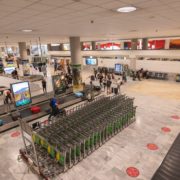
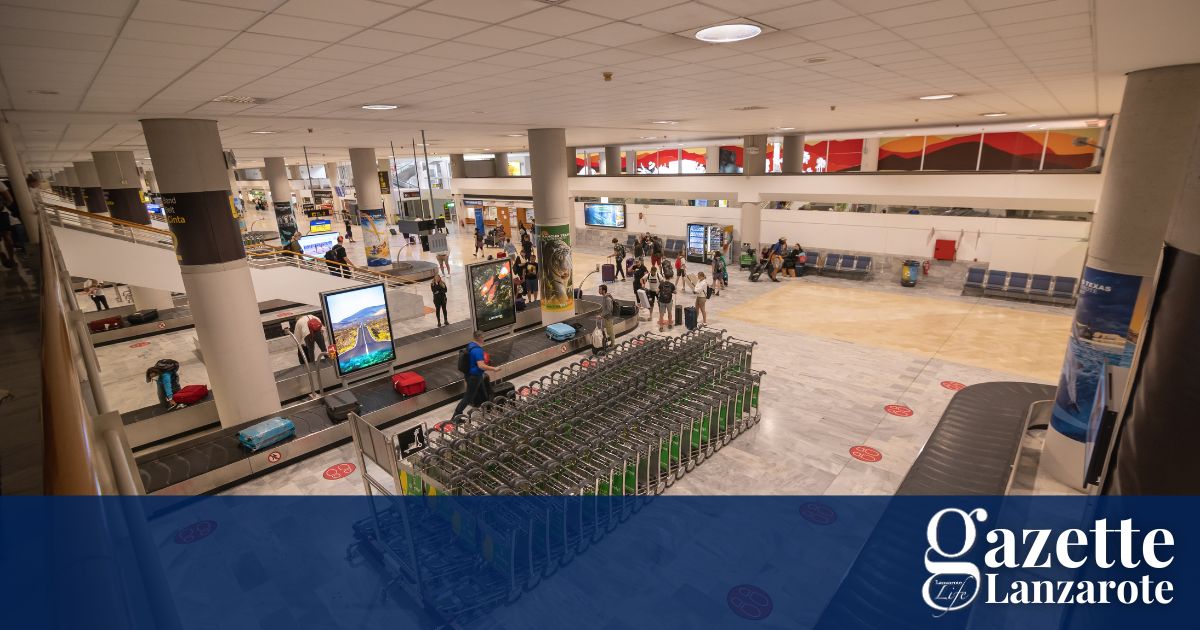

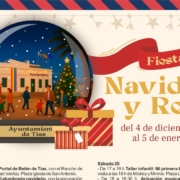
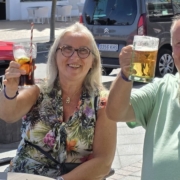

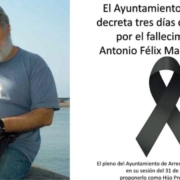
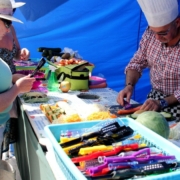


Leave a Reply
Want to join the discussion?Feel free to contribute!